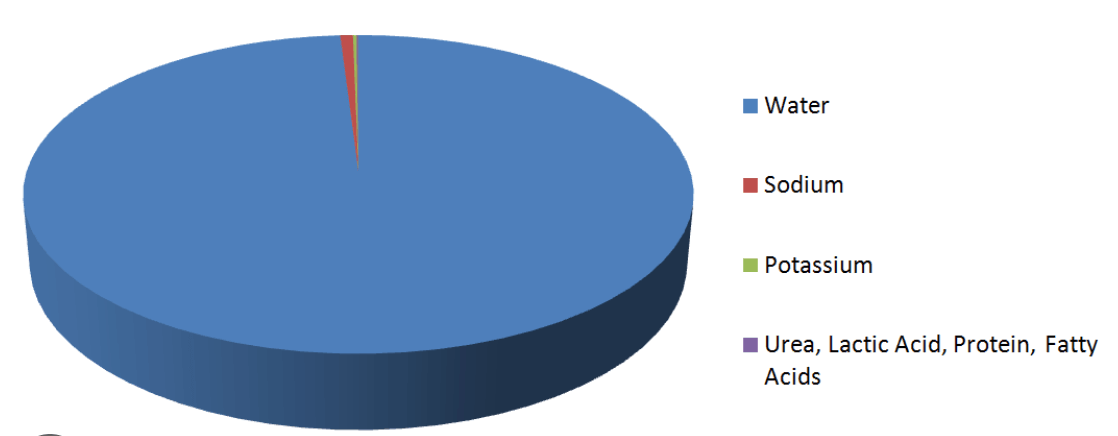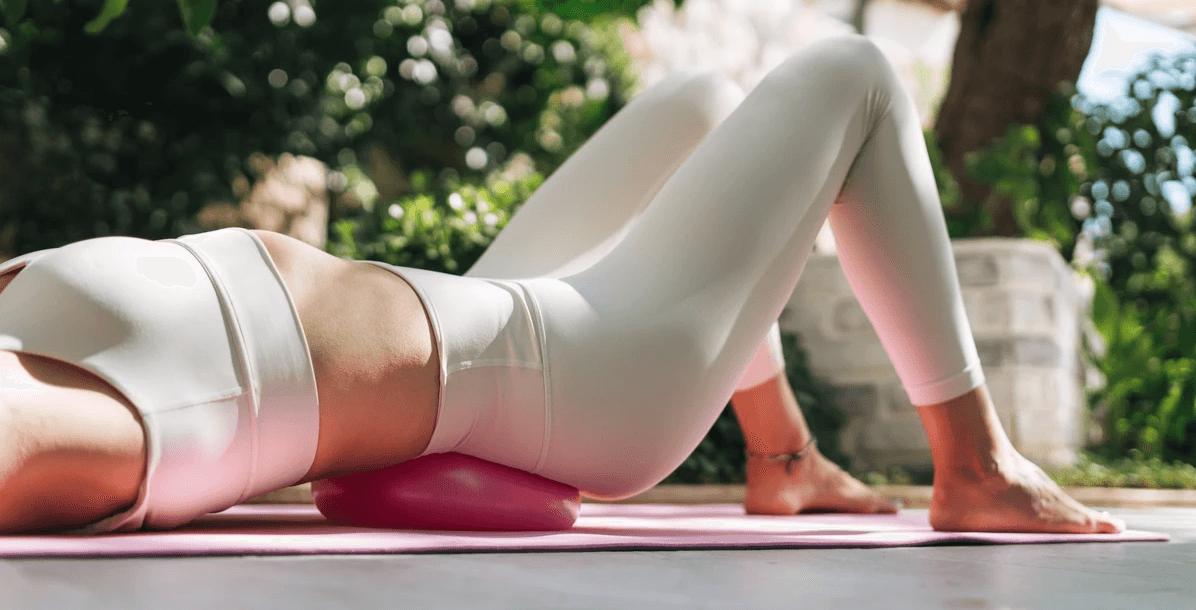Myth #10: More Sweat = More Weight Loss
We’ve all had that thought after a drenched spin class or hot yoga session: “Wow, I sweat so much—I must have burned a ton of fat!”
But here’s the truth: sweat ≠ weight loss.
Let’s break it down.
1. What is Sweating, Really?
Sweating is your body’s built-in air conditioner. When you work out, your body heats up, and sweat helps cool you down.
But here’s the key: the amount you sweat is not a measure of fat burned.
Factors that affect sweat include:
- Temperature & humidity (hot yoga vs. air-conditioned gym)
- Genetics (some people are “sweaters,” others barely glisten)
- Gender & age
- Hydration status (drink a gallon of water and you’ll likely sweat more)
- Fitness level (fit people may sweat earlier to cool their bodies faster)
So if you’re comparing your “sweat puddle” to your friend’s and thinking you didn’t work as hard—think again.
👉 Fun fact: The lean tissue of your body is made up of about 73% water. Depending on your body fat percentage, water makes up 50–70% of your body mass. That’s why staying hydrated is so critical for performance, recovery, and keeping your cardiovascular system running smoothly (study here >>).
Composition of Sweat

2. Different Workouts, Different Sweat Levels
Not all workouts are created equal when it comes to sweat—but that doesn’t mean one is “better” than another.
- Running, cycling, HIIT, boxing: Expect buckets of sweat. These raise your heart rate quickly and in hot environments, it’ll feel like you’re melting.
- Strength training (weights, hypertrophy): You may sweat a little, but the calorie burn and muscle-building benefits are huge—even if you’re not dripping.
- Barre, Pilates, yoga: Sweat may be minimal, but these workouts build incredible strength, balance, and core stability.
- Yard work, walking, dancing with your kids: Everyday movement may not leave you drenched, but it’s still movement that counts!
👉 Bottom line: Don’t measure your workout’s effectiveness by the size of your sweat stains.

3. The Real Relationship Between Sweat & Fitness
Yes, sweating is a good sign. It means your body is working hard enough to raise your temperature and that your cooling system is doing its job. It’s linked to better conditioning and cardiovascular health.
But here’s the myth-buster: more sweat doesn’t mean more fat loss.
Sweat is water, not fat. That post-hot-yoga “drop 3 pounds” moment? That’s water weight. Once you rehydrate, the scale will bounce right back.
Real progress comes from consistency—mixing cardio, strength, mobility, and recovery into your weekly routine.
The Takeaway
- Sweating is your body’s natural cooling system—not a fat-burning gauge.
- Some people sweat buckets; others barely glisten. Both can get fit.
- A workout that leaves you dry can be just as effective as one that soaks your shirt.
👉 So next time you finish Pilates without breaking much of a sweat, don’t feel guilty. You’re still building strength, improving posture, and boosting your long-term health.
More sweat ≠ more weight loss. More consistency = more results.